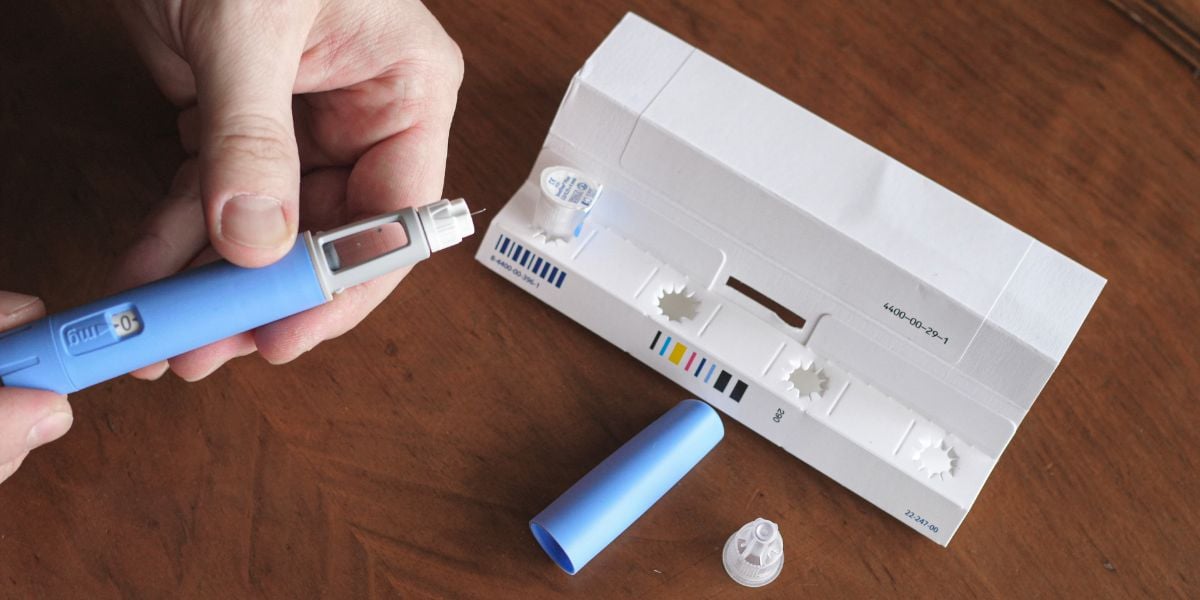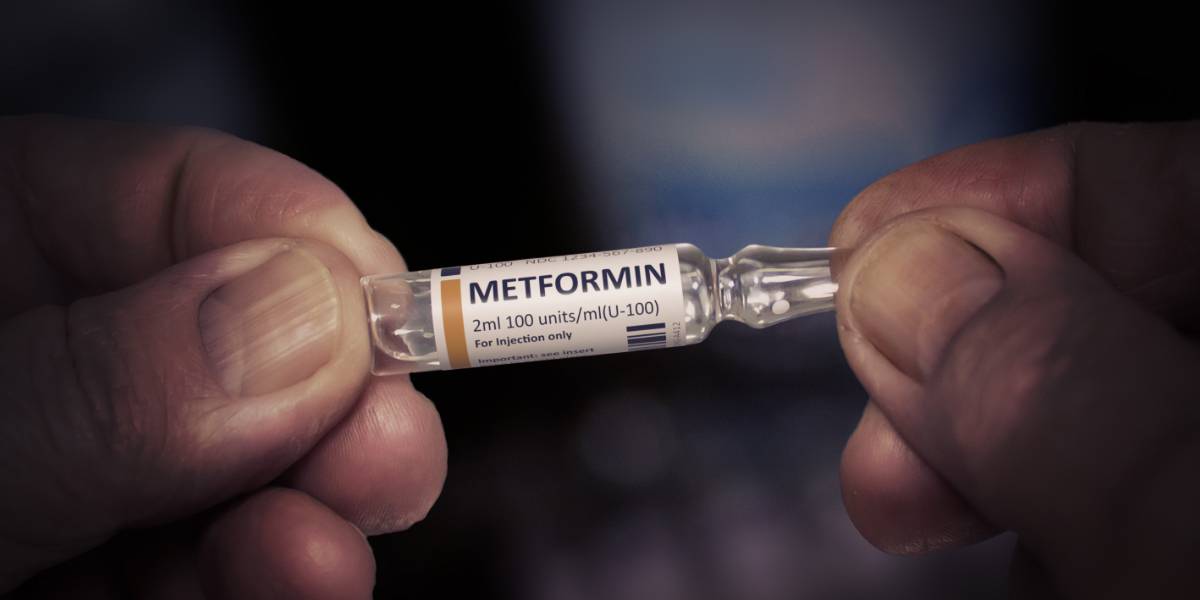Semaglutide has previously been hailed as a new and effective treatment for obesity, but how does it work and what are the considerations?
Read our guide to learn everything about semaglutide including how it works, dosage, side effects, and cost of semaglutide.
What is semaglutide?
Semaglutide is a relatively new drug that has been shown to be just as effective at reducing body weight as certain weight loss surgeries. The drug’s effects were uncovered during a clinical trial led by Professor Rachel Batterham at University College London (UCL) to evaluate the efficacy of this drug in weight management.
The trial consisted of nearly 2000 people, across multiple countries. Each participant was either given a 2.4mg dose of semaglutide or a placebo on a weekly basis. They were also provided with counselling sessions from dietitians to help them stick to a reduced-calorie diet and exercise more.
The study reported an average weight loss of around 2.4 stone or 15.3kg was lost in the group of participants taking the drug, while those receiving the placebo (dummy drug) only lost an average of 0.4 stone or 2.6kg.
Moreover, within the group taking Semaglutide, 75% of those in the Semaglutide group lost over 10% of their body weight and more than 30% lost over 20% of their body weight. The findings indicate that this may indeed represent a major breakthrough in improving the health of those living with obesity.
Mechanism of action
Something you may be wondering is how this new drug may work to assist with weight management.
Semaglutide is something called a GLP-1 (or glucagon-like peptide-1) agonist.
This means that it binds to the GLP-1 receptor in the brain and increases its activity, which has a number of favourable downstream effects. For instance, when activated, this receptor can trigger an increase in hormones called ‘incretins’, which work to:
- Help the body produce insulin, but only when needed
- Reduce the amount of unnecessary glucose (sugar) being released by the liver
- Slow the rate at which the stomach digests and empties food
- Reduce appetite, resulting in a reduced food intake
Dosage and administration
The first thing to be aware of is that you may know Semaglutide by its trade name – Ozempic.
With respect to dosage, the National Institute for Healthcare and Excellence (NICE) recommends 0.25mg once a week for 4 weeks. This can then be followed by 0.5mg once a week for at least 4 weeks and then increased to 1mg a week if necessary.
These recommendations may differ between individuals and between different administration methods. Speaking to your regular healthcare provider for further information is always best.
Your doctor will also be able to provide you with more detailed information on how to take this drug. Typically, this is self-administered and can be taken via subcutaneous injection or an oral tablet. Usually, if you are having injections, this occurs in the thigh, abdomen or upper arm, and you may be advised to rotate between these injection sites each week.
- 1500% surge in semaglutide overdose reports
- Man arrested on suspicion of selling unauthorised semaglutide
- Wegovy effect: Nestle launching new products for people using semaglutide jabs
Semaglutide side effects
As with any medical therapy, there are some potential side effects that users can experience.
Side effects that are most common can include:
- Reduced appetite
- Burping
- Constipation
- Diarrhoea
- Dizziness
- Fatigue
- Gastrointestinal discomfort
- Gastrointestinal disorders
- Hypoglycaemia (when used in combination with insulin or sulfonylureas)
- Nausea
- Vomiting
- Reduced body weight
Other less common side effects that can be experienced may include pancreatitis and altered taste. If you begin to note symptoms of acute pancreatitis, such as severe abdominal pain, you should stop taking the medication.
If symptoms persist or become severe, it is crucial that you reach out to your healthcare provider for further assistance.
Different medications can also interact and impact each other’s function or endanger your health. If one medication may negatively impact another, this is referred to as a contraindication.
For instance, there have been reports of diabetic ketoacidosis in patients with type 2 diabetes when taking GLP-1 receptor agonists alongside insulin.
Hence, it is incredibly important that you seek further guidance on if Semaglutide is an appropriate and safe medication for you by speaking with your doctor.
You can find more information regarding the contraindications and adverse effects of Semaglutide via the NICE website, but this does not replace a conversation with your doctor.
- Weight loss plateau unavoidable even with Ozempic and Wegovy
- Warning that Ozempic and Mounjaro can trigger accelerated aging
- Semaglutide: Link between suicide and weight loss jabs to be reviewed
There is also guidance that Semaglutide may not be appropriate for those who are pregnant, breastfeeding or have existing liver or kidney impairment.
What is the cost of semaglutide?
One semaglutide pen contains 4 x once weekly doses of semaglutide and costs £73.25.
Drug shortages
The social media platform TikTok has been at the centre of a number of controversies where semaglutide is marketed to people without type 2 diabetes or obesity as a quick-fix weight loss drug:
- TikTok trends are causing another shortage of diabetes drug Ozempic
- TikTok trend causes a shortage of diabetes medication Ozempic
Summary
Semaglutide is a promising and safe medication that is accessible to certain patients through their doctor.
Due to the mechanism of action, this drug may elicit significant weight loss, though there are a number of side effects to be aware of.






